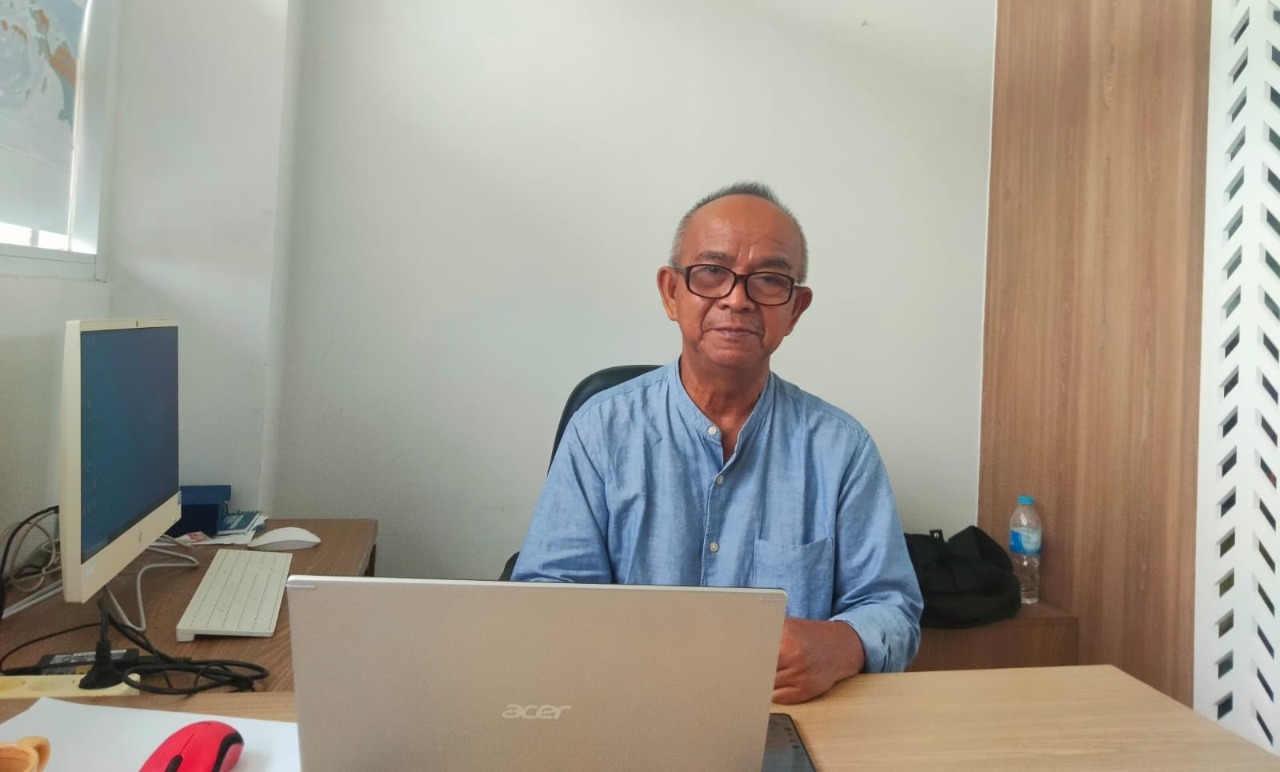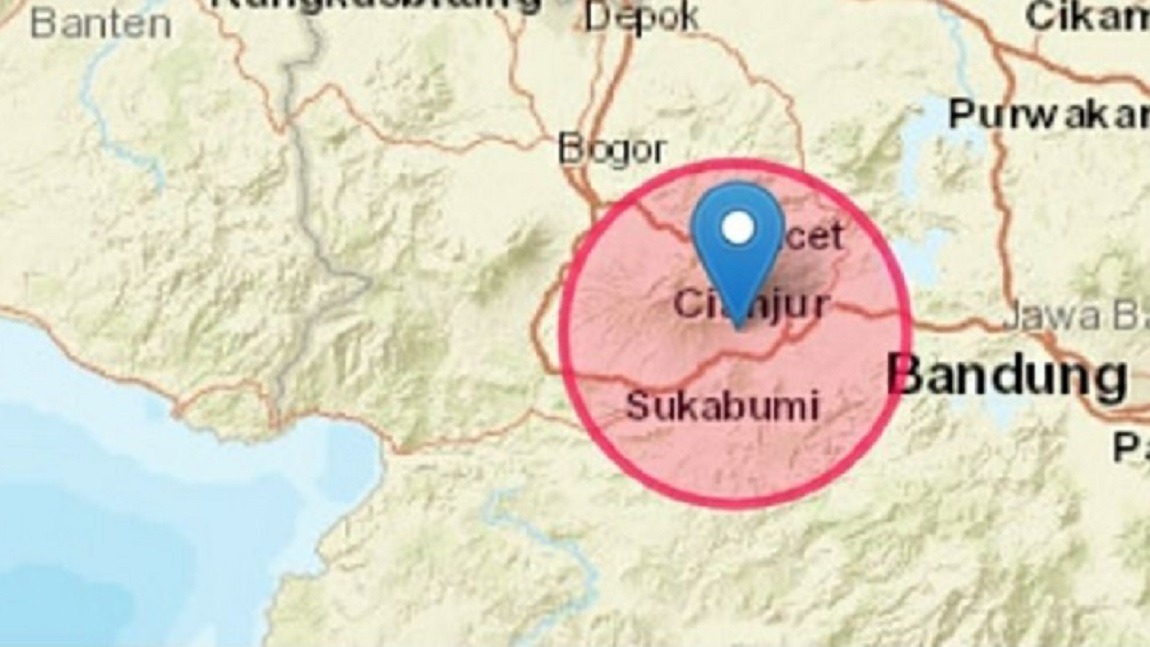The Observations of ITS Researchers on Cianjur Earthquake

Dr. Ir Amien Widodo MSi, a senior researcher from the ITS Center for Disaster and Climate Change Mitigation Research (Puslit MKPI) when met in the ITS Geophysics Engineering Department laboratory
ITS Campus, ITS News – Staying in an earthquake-prone area, Indonesia was once again shocked by the earthquake that hit Cianjur Regency, Monday (21/11) afternoon. This time, Cianjur was rocked by an earthquake with a magnitude of 5.6 which claimed more than 100 lives and lost thousands of buildings.
According to the observations of senior researchers from the Research Center for Disaster Mitigation and Climate Change (Puslit MKPI) ITS Dr. Ir Amien Widodo MSi, the Cianjur earthquake occurred due to tectonic plates that have moved and pressed Indonesia’s territory since millions of years ago. However, the source of the ground earthquake from this active fault is still not known with certainty.
Tracked based on the map, adjacent to Cianjur there is the Cimandiri fault which stretches from Pelabuhan Ratu Bay to Cianjur. This fault rocked Sukabumi in 2001. “However, the location of the fault which is far to the north of the incident is certainly not the cause of this Cianjur earthquake,” Amien confirmed.
Data report from the National Disaster Mitigation Agency (BNPB) as of 22 November 2022 morning recorded 103 people died world due to the impact of the earthquake. As many as 377 people were injured and 7,064 people were displaced as a result of this natural disaster. Not to mention thousands of buildings also suffered light to heavy damage.

The location of the earthquake in Cianjur Regency with a magnitude of 5.6 on November 21, 2022 (source from BMKG)
The earthquake was enough to feel the shaking. Even though it is classified as a small magnitude, the shallow position of the earthquake event causes damage to the buildings above it. Fortunately, the earthquake that occurred did not have the potential for a tsunami because the source of the earthquake came from the mainland.
Explained by ITS Geophysics Engineering Department lecturer, an earthquake is an event whose appearance cannot be predicted. However, reflecting on the earthquake that has hit Indonesia several times, it should be used as a reference for mitigation. Mitigation itself is divided into two types. Namely structural mitigation that focuses on infrastructure development and non-structural mitigation that focuses on public education
Furthermore, Amien also explained earthquake relief based on the results of the 1995 Kobe earthquake survey. According to the survey, 35 percent of help came from oneself, 32 percent from family, 28 percent from neighbors, and the remaining 5 percent from outside. It can be concluded, the biggest responsibility for our safety lies with ourselves. “Instill knowledge about earthquakes so we can be safe,” he reminded.
Besides, Amien also hopes that the government will better map the existing faults in Indonesia and provide a mapping of how the distance and model of the house should be built. “Keep in mind that earthquakes don’t kill, but buildings do cause casualties, so mapping needs to be done,” he emphasized once again.
Finally, Amien hopes that the community can restore disaster literacy. People should not think that disaster is fate, doom or curse. “Growing knowledge of threats around will reduce disaster risk,” concluded Amien. (ITS Public Relation)
Related News
-
ITS Formulates Inclusive Education System Policy for Students with Disabilities
ITS Campus, ITS News — The Sepuluh Nopember Institute of Technology (ITS) has once again demonstrated its commitment to
November 22, 2022 21:11 -
ITS Develops Andal App, a Solution for MSMEs to Manage Inventory
ITS Campus, ITS News — Amidst rapid technological advancements, many Micro, Small, and Medium Enterprises (MSMEs) still rely on
November 22, 2022 21:11 -
Consolink, an Automatic Soil Consolidation Testing Solution Created by ITS Students
ITS Campus, ITS News — A collaboration between a team of students and lecturers from the Sepuluh Nopember Institute
November 22, 2022 21:11 -
Supporting Economic Empowerment, ITS Signs MOU with BSI
ITS Campus, ITS News — The Sepuluh Nopember Institute of Technology (ITS) continues to strengthen its tangible and sustainable
November 22, 2022 21:11
